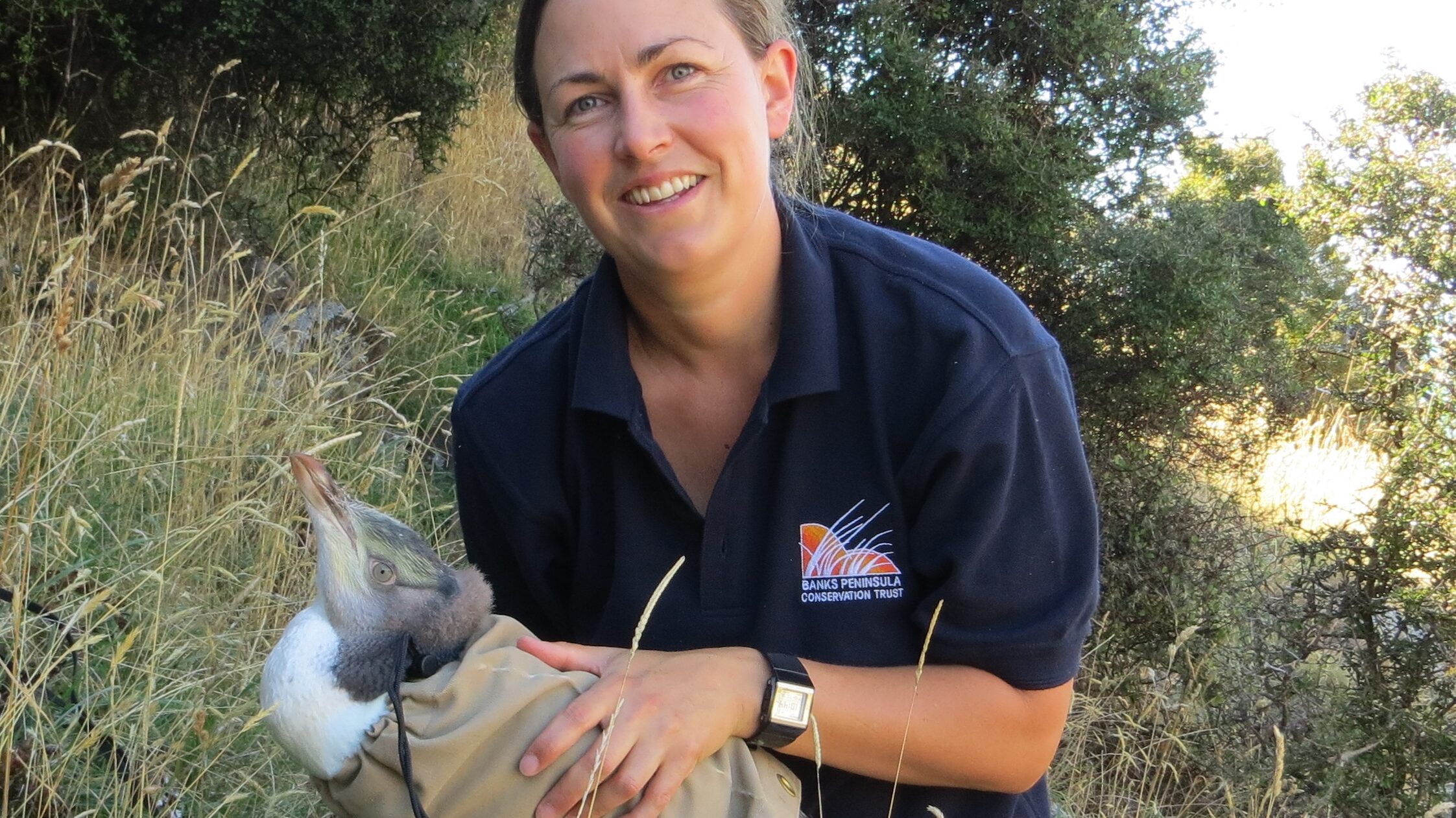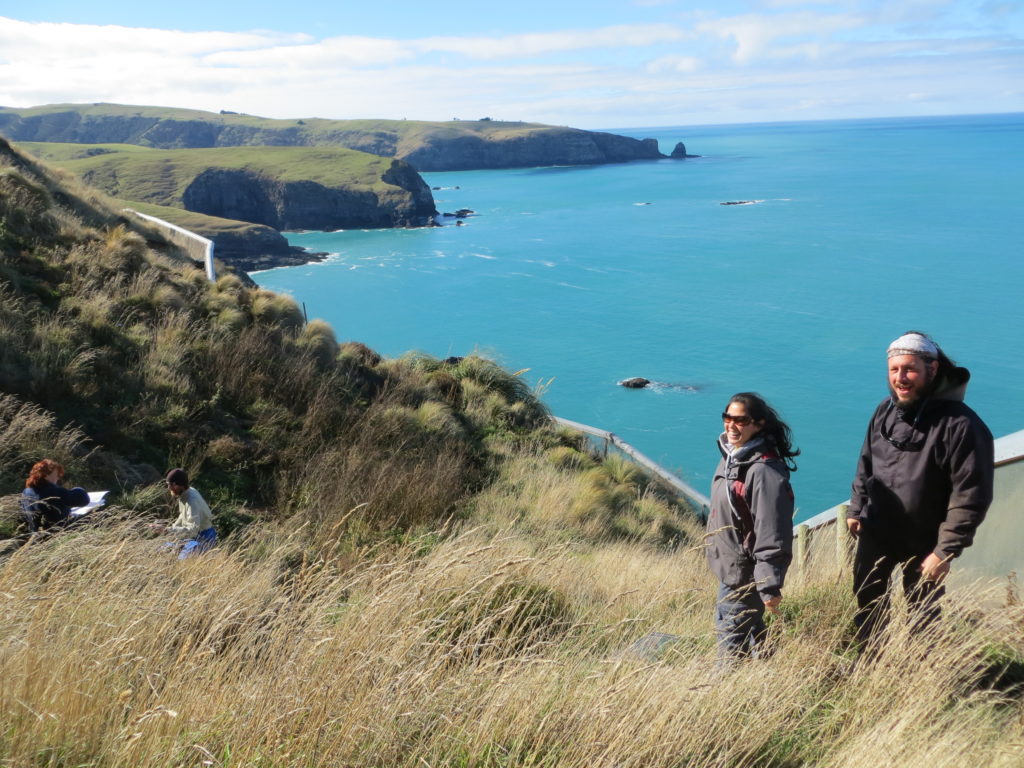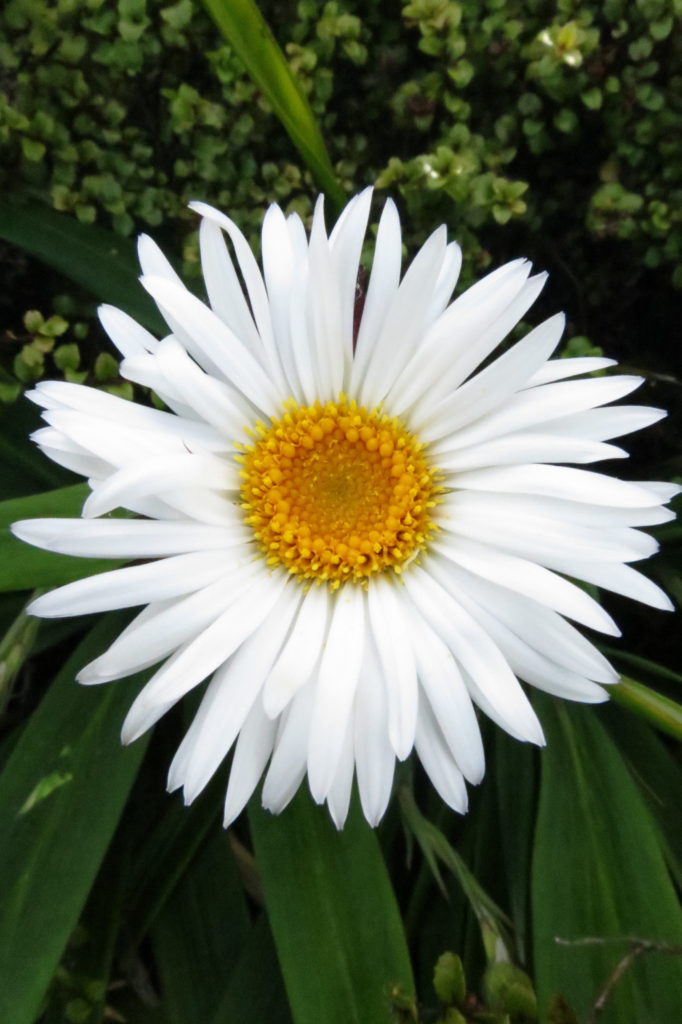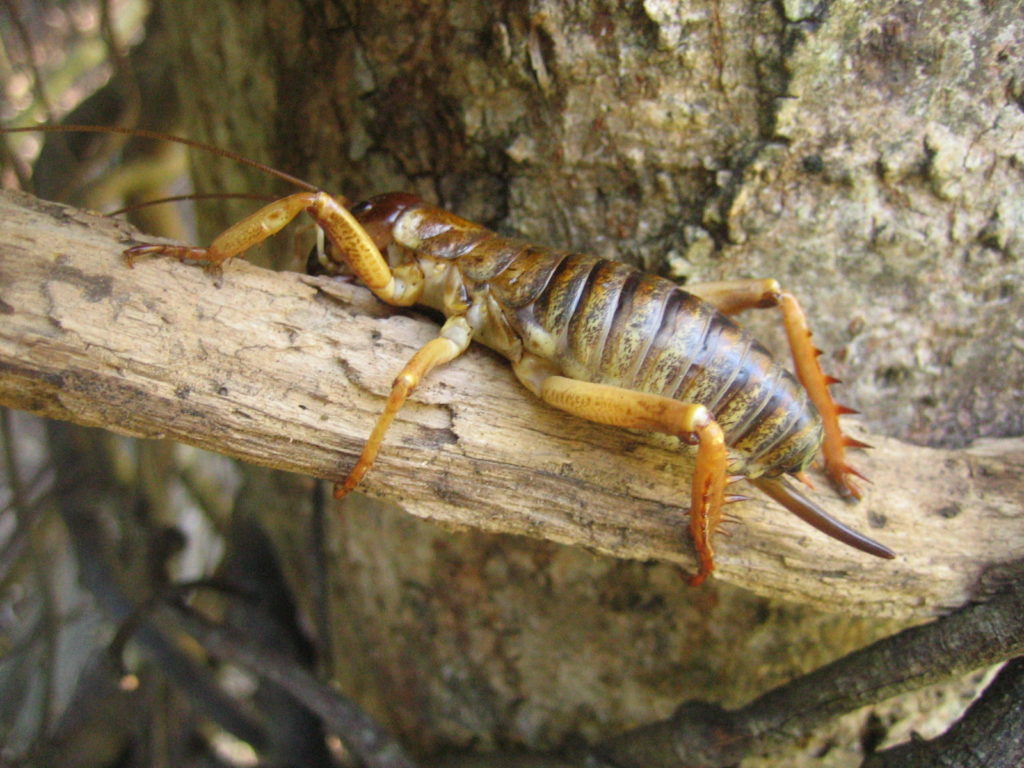Marie Haley lives in her great grandmother’s house on the Banks Peninsula land that was first farmed by her French great-great-great grandfather. It’s on a part of Banks Peninsula known as the ‘Wildside’, named for its rugged landscape, dramatic cliffs and iconic species of birds, insects and plants – some of which are not found anywhere else in New Zealand.

It sounds idyllic, but possums, stoats, ferrets, weasels and feral cats have infiltrated this piece of paradise, just as they have decimated the rest of New Zealand.
Marie is part-time co-ordinator for the ‘Wildside Project’, an offshoot of the wider conservation work of the Banks Peninsula Conservation Trust (BPCT) which aims to encourage local landowners to protect and restore the biodiversity on their land. She was an inaugural 2014 recipient of Community Partnerships Funding from the Department of Conservation. The funding is for 3 years and includes a review in association with Andy Cox of National Pest Threats, based in Christchurch. Marie reckons the review has really helped Wildsides’ predator programme and management.

Farmers have been trapping on the Wildside for at least 25 years – ever since one local family went to show some overseas visitors the little blue penguins nesting on their farm. Mark Armstrong lifted the entrance to the nestbox to reveal a ferret caught in the act of devouring the penguin family. He shot the ferret, started trapping and has been a notable conservation leader on Banks Peninsula ever since.
Other conservationist farming families on the Wildside include Francis and Shireen Helps who have been working to protect penguins on their Flea Bay property for 20 years. Offshore from their farm is the 230 hectare Pohatu Marine Reserve and about 5000 visitors per year come to the Helps’ farm to see the penguins and walk the Banks Peninsula Track.
The little blue penguins nesting on the Wildside are a white-flippered variant unique to Banks Peninsula. It’s the largest mainland penguin colony in Australasia with 1304 breeding pairs. The normal New Zealand little blues, along with the Australian variety also overlap in their distribution at Banks Peninsula and yellow-eyed penguins nest there too – the northern limit of their distribution.

Along with the unique white-flippered little blues, Banks Peninsula – and the Wildside in particular – is home to the only Canterbury colony of titi (also known as the sooty shearwater or muttonbird), jewelled geckos, spotted skinks, the Banks Peninsula tree weta (unique to the Wildside area and New Zealand’s rarest tree weta), very rare Cooks scurvy grass and the Akaroa daisy which is also unique to Banks Peninsula. It’s a lot to protect – spread out over 13,500 ha in total, although not all of that area is trapped. Around 75% of the land is privately owned farmland, with 25% of the area in public or privately protected conservation reserves.
Corporate sponsors have come onboard to support the Wildside Project with Blacks Fasteners signing up in May 2015 to contribute $10,000 per year. Independent Line Services, a Canterbury powerline company, has been funding the project for five years and currently contributes another $6,500. Most of the money is used to buy bait for trapping. Wildside partners, Christchurch City Council, Environment Canterbury and the Department of Conservation contribute management support as well as helping with trapping.
In the 5-year period from 2009-2014, a total of 32 ferrets, 298 stoats, 63 weasels, 444 rats, 233 possums, 84 rabbits, 43 mice, 97 feral cats and 2996 hedgehogs were trapped. There is also possum control operating via the Banks Peninsula Pest Liaison Committee from targeted rates which saw possum numbers reduced to 1.4% RTC.
Ferrets were quickly removed once trapping began, but stoats held on for quite a while and there are pockets of land where weasels are known to live, although they’re not widely distributed. Although hedgehogs are a predator of lizards, invertebrates and eggs, they are not currently a target of the trapping programme. They are, however, present in high numbers on the Wildside and are an unwanted bi-catch. Catching hedgehogs reduces the effectiveness of the traps in catching other, more devastating predator species and it is hoped that by replacing the Fenn traps with DOC 200s the hedgehog bi-catch will be reduced in the future.

The key aims of the Wildside Project – and the wider Banks Peninsula Conservation Trust – are landscape level restoration, protection of the biodiversity already present and to encourage private landowners to protect and restore their own land. The BPCT is a covenanting body (like the Queen Elizabeth II National Trust) and there are currently 55 covenants on Banks Peninsula.
The Peninsula is a living working landscape, mostly in farmland and at one time the forest cover had been reduced to 1%. It has since risen to 16% on Banks Peninsula overall, but on the Wildside 25% of the land is protected reserve, both private and public. One of those reserves is Hinewai – the largest private reserve in New Zealand. Hinewai has been managed, since its formation, by botanist and iconic Canterbury conservationist Hugh Wilson.
Marie Haley was six years old, growing up on the family farm on the Wildside, when Hugh Wilson moved next door. Marie says Hugh has had a huge influence on her life – introducing a farming child to the concepts and philosophies of conservation. Marie went to school in Akaroa, grew up, moved away for a time – but now she’s returned to her Wildside roots. She’s working with her neighbours, local schools, agencies and researchers to conserve and restore the land her French ancestors first farmed well over a century ago.

